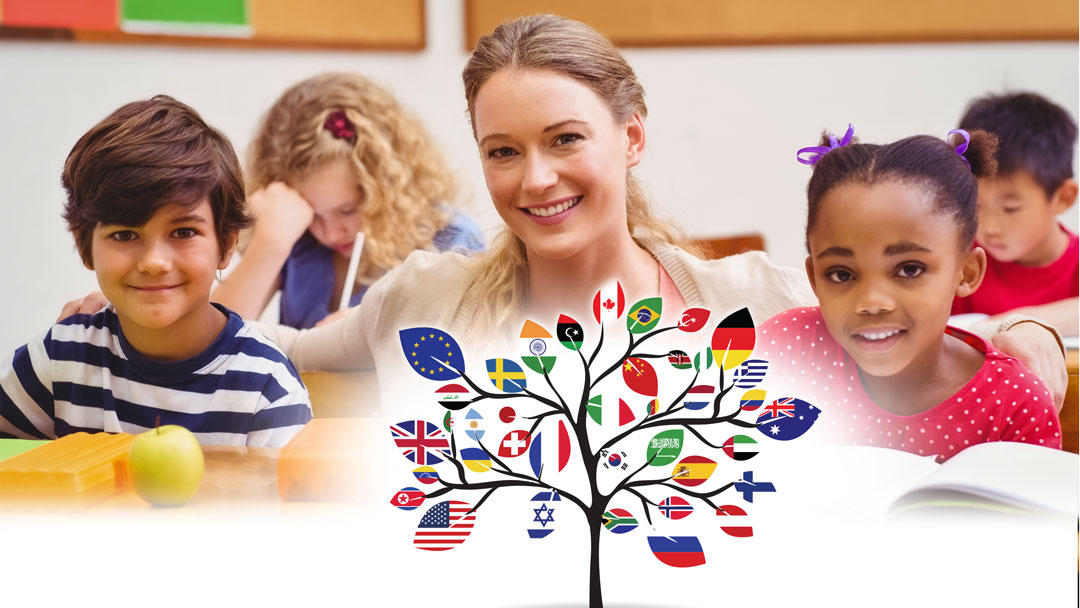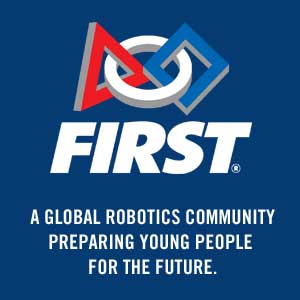I am an American! I am free. I speak English. I have all of the first-world technology and running water and—I am not sure what else that means… Well, we tend to do better at the Olympics. I guess we have more grocery stores full of food, and cars on the road. I think the main point in being so patriotic and proud is that we are a free society to choose and make decisions for our own lives with seemingly unlimited opportunities for growth to do and become whatever we want!
My family has chosen to wear some designer clothes from Italy, eaten foods from China, enjoyed a glass of wine from France, celebrated birthdays with pinatas from Mexico, just recently enjoyed the festivities at Oktoberfest from Germany. And that’s when it hit me: we Americans love other countries and cultures! What else was my family missing? What other fabulous cultural, educational, innovative and potential experiences was my family, my country, missing by not embracing the other countries in the world? I believe part of our greatness has become the blending of the many immigrants from all over the world who came to America and have shared their traditions of music, food, fashion, style, and more.
As I looked at my young children, I realized that it would be very important for them to also learn another language other than the English language that I have taught them. It finally made sense to me: the only way to share all of these other great things that we have come to love and appreciate is by communicating and being able to learn from each other. The only way this is possible is if people decide (choose) to learn another language other than their own. So, that’s just what we did; we enrolled them in a language immersion school.
This is where your English-speaking student goes to a school where all of the subjects are taught in the language you have chosen for them to learn. The whole day they hear nothing but that language. It is as if they have traveled to that country each weekday for seven hours. Of course your primary language could be anything, not just English. I had so many concerns: Will they understand what is going on? How will they be able to communicate with the teacher, staff, or other students? Will they get frustrated? Will they really learn this other language? And worse, will they lose or struggle with English?
I also struggled with the stereotype that it was un-American to have them learn another language, that everyone in America should just assimilate with our language of English. The more I thought about it, the more I realized how silly that was. Learning another language isn’t negative or compromising; rather, it is the most capitalistic thing I could do for my children. It is giving them a competitive advantage! They could be more skilled, make more money, make more deals with others, because they could communicate with them. They could get more scholarships, they could get better jobs, they could travel around the world for free in many cases, and they could be an advantage to their own country by being able to communicate with foreign dignitaries. While all of these possibilities excited me, I was also reminded of the humanitarian benefits that this could bring. Just think of all the people they will now be able to speak to when a tragedy occurs or when somebody is injured or lost. If somebody needs medical treatment or just a friend to talk to, they can now be heroes.
It was amazing to watch; they sang songs, read books, followed instructions, even recited the Pledge of Allegiance in this new language. I marveled as they easily had conversations with their teachers and friends. Watching them do this with their teachers made me so proud. Watching them do this with their siblings made me so scared! Now they could plot without my knowing how to sneak the cookies, or worse, out of the house when they were teens! As the first few years went by and they were speaking and comprehending with ease, all of the fears I had started to fade away—until I made the dreaded parent mistake: I asked them to translate something for me. I said, “Hey, tell your grandma how to say ‘I love you’ in this new language.” I was all excited to show them off to my parents, to say to them, “See what a great decision I made? See how smart they are?” But my kids looked at me with blank stares, like they had no idea what I had just said. For a moment I thought they had forgotten how to speak English—or worse, that this whole thing doesn’t work. How could they speak so easily with the teacher but not seem to know how to tell their family?
I asked the teacher the next day and they explained to me to imagine a railroad track, two rails side by side but not touching. That’s how the students are learning the language: as two separate tracks not touching. My response was swift and ignorant as I blurted out, “How will they ever translate then?” Calmly they had me imagine my train tracks again and then told me to look as far down the tracks as I could. What could I see? I said, “They blend into one track.” As those words came out of my mouth, I realized I had just been Miagi-ed (wax on, wax off). Translation comes later as they mature and get a firm grasp of each language.
In college now, they are able to speak fluently. As the world has become so global today, it is waiting for them to accomplish whatever they want. They are better prepared than their peers and have a clear advantage. I couldn’t be happier that so many years ago we made that scary but correct decision to enroll them in a language immersion school!










